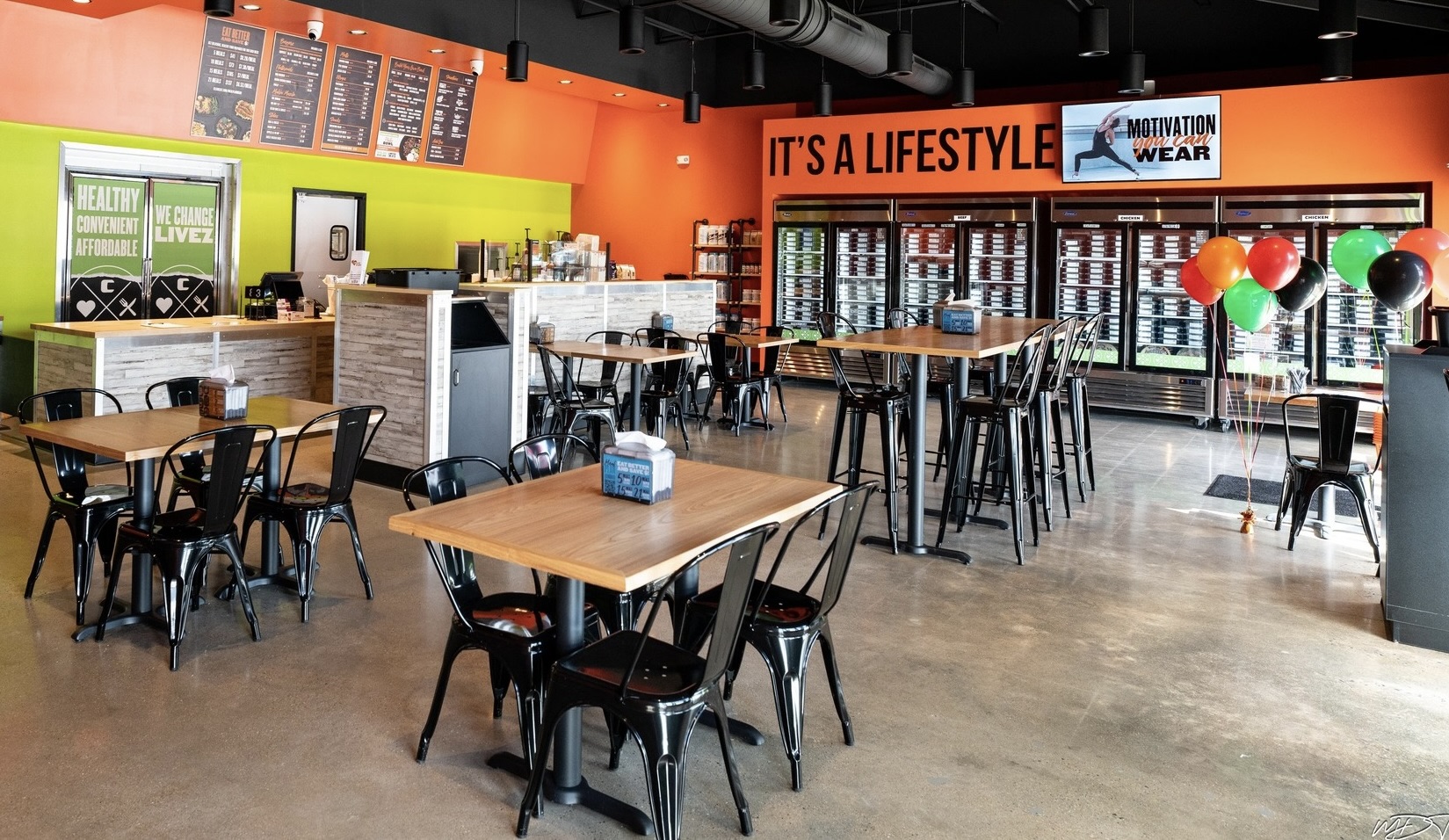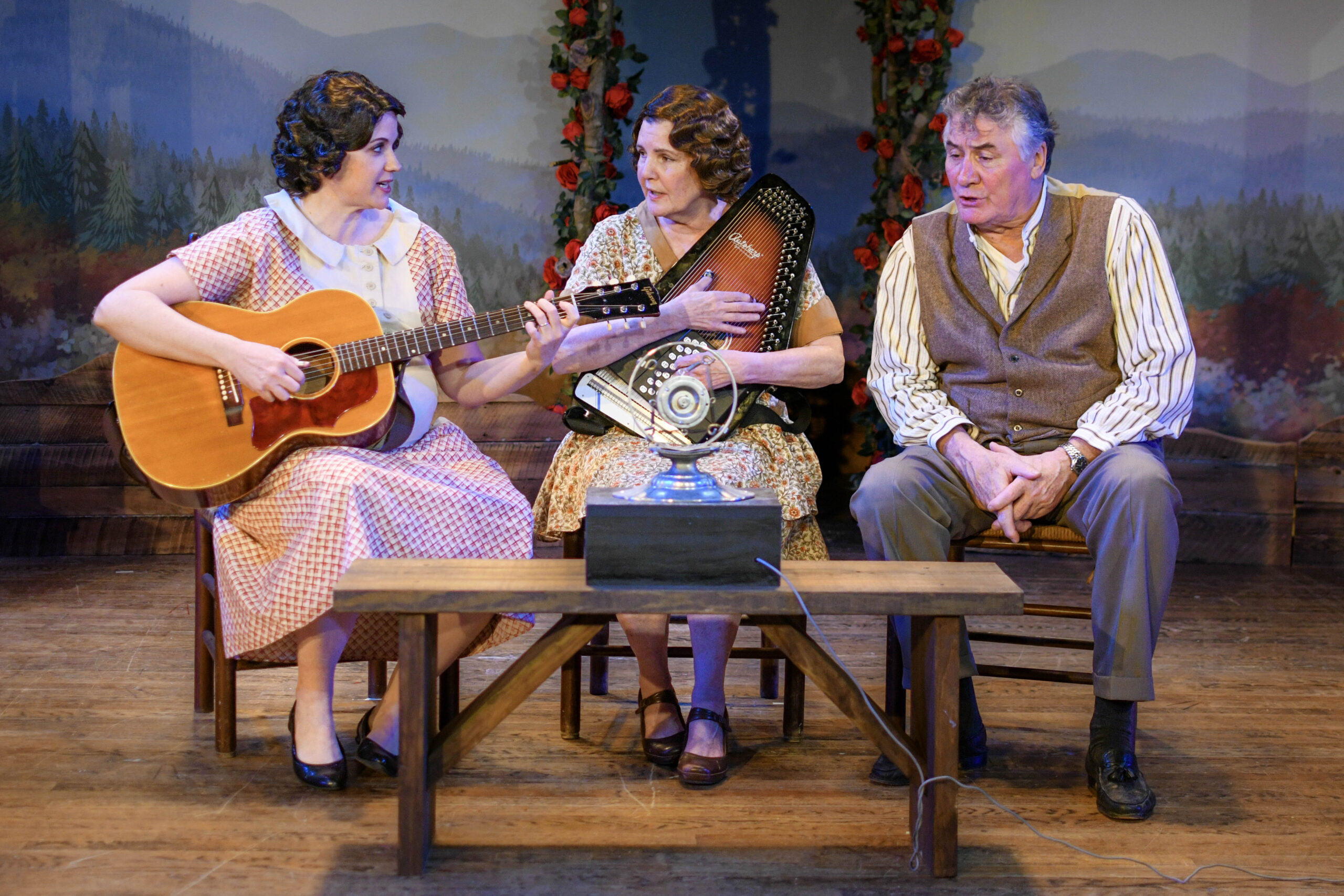With the change of seasons comes an important safety reminder for our local seniors. The statistics on falls among older Americans is staggering. According to the Centers for Disease Control:
- Falls are the number cause of injuries, hospital visits, and death among those 65 and older.
- One out of 3 seniors falls each year.
- In 2010, 2.3 million older adults were treated for fall-related injuries.
- In 2010, the direct medical costs of falls was $30 billion.
Follow these “6 Steps to Safety”
- Paint or place bright tape on the edge of steps so seniors can see where one step ends and another begins.
- Provide handrails on BOTH sides of stairs and grab bars in bathrooms.
- Provide light at the top and bottom of stairs and throughout halls.
- Paint the bottom basement step white to make it more visible.
- Secure rugs to the floor to prevent tripping.
- Attach non–slip strips to the bottom of slippers.
- On the outside, check steps and walkways for loose bricks, cement or stone.
Step 2 – Safety Shoe-in
- Fall prevention research has demonstrated that wearing the right type of footwear can reduce the risk of a fall. Slippers may be comfortable and convenient, but they do not provide proper support to the foot. Plus, they are often loose fitting and can easily slip off, causing the senior to fall.
Step 3 – The Eyes have it
- Seniors should know their visual limitations and have their vision checked at least once a year. A good tip: consider getting a pair with single vision distance lenses for activities such as walking outside.
Step 4 – Medication
- Medications can contribute to falling since many of them cause drowsiness and dizziness as a side effect. Let healthcare providers know if you notice a senior experiencing either of these after taking their medications.
Step 5 – Exercise
- Exercise is necessary to increase strength and balance; simple chair exercises are good and safe way to achieve this for those with limitations. Seniors can do ankle circles while watching TV, toe raises and heel raises while waiting for dinner.
Step 6 – Nutrition
- Appetite often decreases as we age, but the body still needs the nutrients that food and fluids provide. Water is recommended for hydration over caffeinated drinks (coffee and tea).







